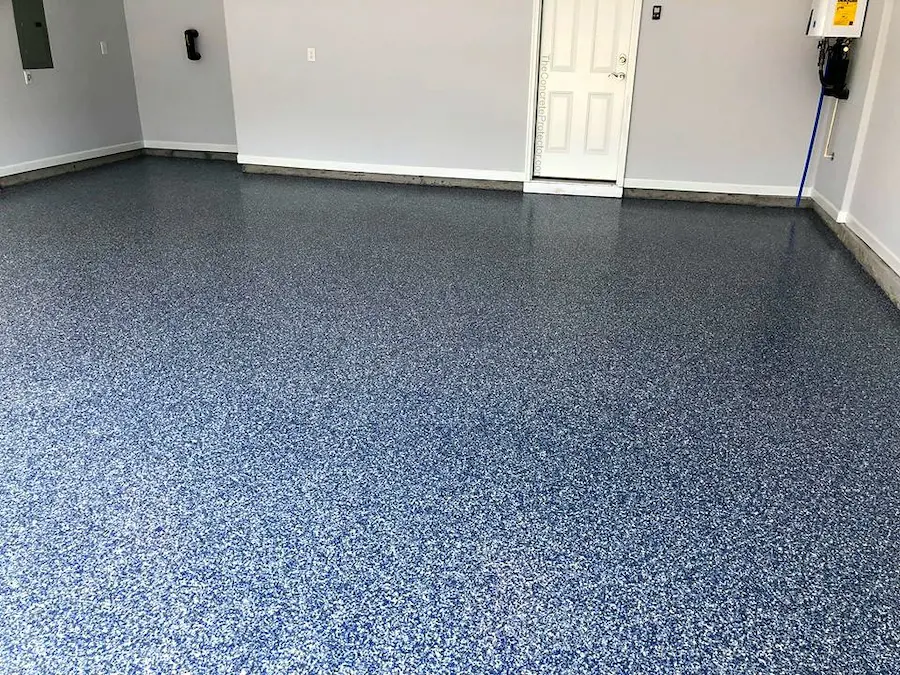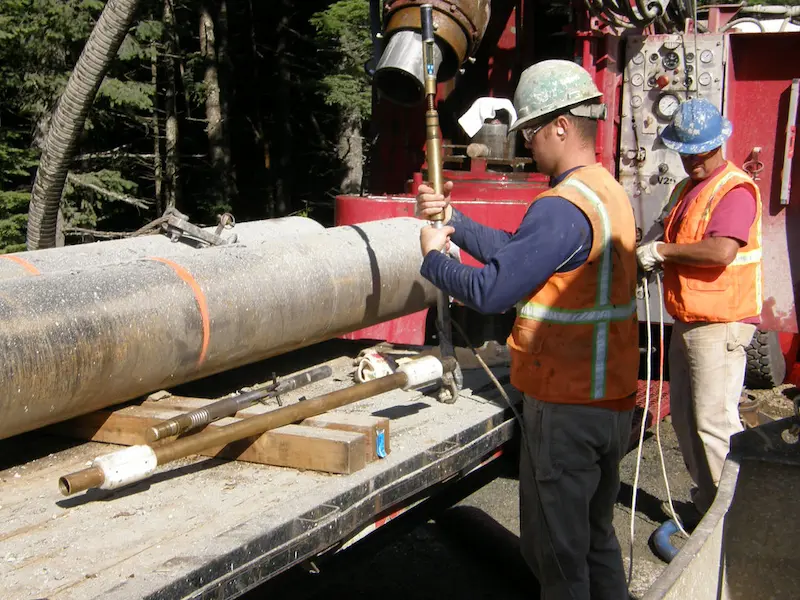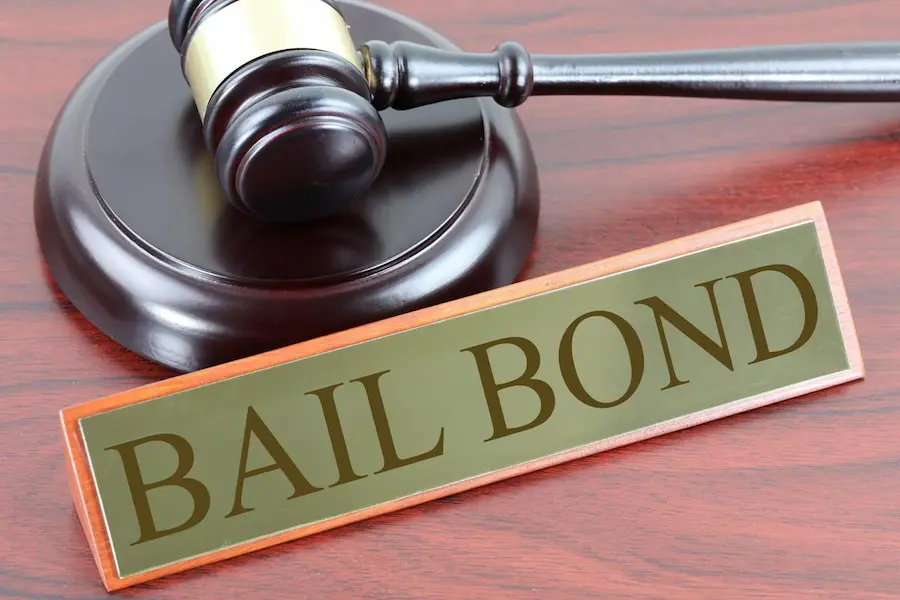Equity investment refers to buying a company’s shares, hoping their value will rise in the future through capital gains or dividends. It involves investment in a specific property type while expecting returns, cash flow, and tax benefits.
With various options available for property investment, it can be challenging to choose one of them. Investing in value-added Class B & C multi-family properties is the best option because you receive consistent fixed returns while being passive investors.
However, knowing the various equity investment strategies helps you identify the risks and returns associated with a specific multi-family property. Besides learning the techniques involved, you should also know their differences.
The risks and returns vary between properties, with the risk profile influenced by factors like location, tenant demographic/profile, property age, etc. Another factor is the limitations on the type of debt that can be placed on a property. For example, secured, unsecured, resolving, and mortgage.
What are the various strategies you should know of and their differences? Read more to find out.
Types Of Investment Strategies
- Core
These are a good choice for investors because they carry the least risk. Because of their conservative risk profile, core investments provide a stable return on capital. However, to invest in them, you should be an accredited investor. According to the conditions set by the Security and Exchange Commission (SEC), individuals are accredited if they have an annual income of 200,000 USD or 300,000 USD joint income and a net worth exceeding 1 million USD.
Properties under this category are usually located in Class A areas and are not older than ten years. Since they are newly built and situated in posh zones, they attract creditworthy tenants with high incomes.
- Core-Plus
Although they are similar to core assets, what differentiates core-plus properties is their potential to increase cash flows through optimizing management and operation and general improvements like upgradation in their infrastructure.
Real estate falling under the core-plus category is also located in affluent Class A or B locations. As an investor, you might expect moderate returns on investments of this type. But since they are usually between 10 to 20 years old, the houses require slight modifications.
- Value-Added
In the real estate sector, value-added refers to those properties that provide some returns but require substantial alterations to realize their maximum value. For example, for multifamily properties, it covers occupancy issues, management inefficiencies, and various kinds of maintenance tasks. These properties can hope to attract high market returns only with capital improvements. They offer a moderate to high risk to investors but carry the potential for higher cash flows and returns.
- Opportunistic
Investing in opportunistic multi-family houses comes with high risks and returns. Unlike core, core-plus, and value-added properties, these aren’t in posh locations but in poorer ones that are gradually witnessing gentrification (the transformation of a neighborhood from low-value to high-value).
Real estate falling under this category has a high vacancy rate and offers little cash value during purchase. Investors find this the most challenging compared to the other three strategies because of its high unpredictability, debt, and vacancies. Having a high-risk tolerance is essential for investing in them.
Before trying passive real estate investing, you must know about these four equity investment strategies. It would be better if you did that by real estate syndication through private equity firms specializing in multifamily assets. You get to enjoy the cash flows and returns without having the responsibility of taking care of the properties as a landlord or owner.






























































































































































































































































































































































































































































































































































































































































































































































































































































































































































































































































































































































































































0